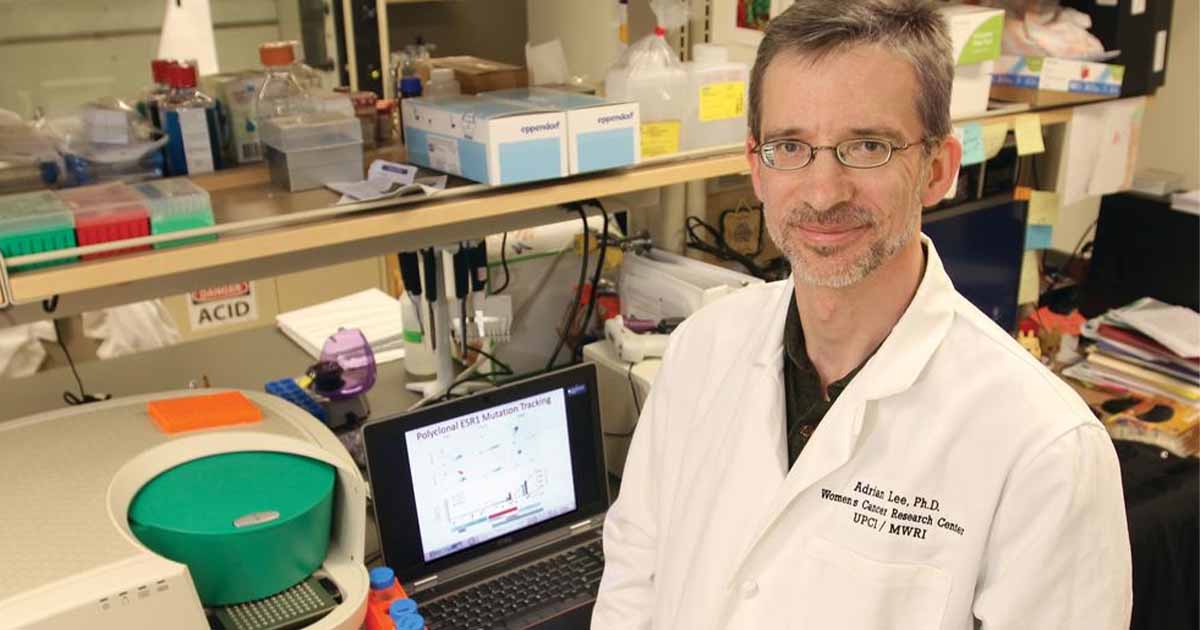The call to action comes when patients see their physician's notes, says Jan Walker, a registered nurse and principal associate in medicine at Beth Israel Deaconess Medical Center (BIDMC) and Harvard Medical School.
Walker recalls one patient telling her, “My doctor had been telling me for years to lose weight, but when I saw that he called me mildly obese in his note, and how he’s really worried about my weight, it finally sank in, and I decided to do something about it.”
Walker's patents aren't the only ones to change their lives because of what doctors have written but haven't always told patients.
Yet the practice of sharing physician notes is mired in conjecture about elongated visit times, numerous questions outside normal encounters, curtailed productivity, and the concern that doing so will either offend or unnecessarily worry patients. Perceived factors that a new study has determined to be largely illegitimate.
Perhaps the most telling statistics of all: Not one of the 105 primary care doctors elected to stop providing access to notes after the experimental period ended, and 99 percent of the 13,564 patients wanted to keep with the program of seeing their notes long past when the pilot was over.
“We have hit a national nerve,” says Tom Delbanco, MD, a primary care doctor at Beth Israel Deaconess Medical Center (BIDMC) in Boston and a professor at Harvard Medical School. “I’ve only wanted to do this for about 30 years. It’s simple to invite them into the doctor’s black box and (let them) see what we write about.”
Delbanco ought to know. Along with Walker, he co-authored a report based on a study conducted by BIDMC and published in the Annals of Internal Medicine finding that patients with access to notes written by their doctors in an initiative called OpenNotes felt more in control of their care and reported a better understanding of their medical issues, improved recall of their care plan and were more likely to take their medications as prescribed.
“We’re not the first people to study this, but we are the first to study it on a big scale,” Delbanco said. “Our work has gotten enormous attention. It’s like a virus spreading. It just seems to be the right time.”
Indeed, the right time for patients and providers alike. For healthcare providers participating in Stage 2 of the meaningful use incentive program, patient engagement is a major push; they have the option to choose patient and family engagement as one of their key health care policy domain clinical quality measures.
Recently the entire Veterans Health Administration has signed on with OpenNotes, which is an initiative, not a software program, Delbanco explained. Others to sign on include the Mayo Clinic, MD Anderson Cancer Center, Group Health, and Cleveland Clinic. The number of patients participating has reached more than 1.3 million, according to Delbanco.
Historically, many doctors have been hesitant to share their notes with patients, but doctors participating in the OpenNotes trial at BIDMC, including Geisinger Health System in Danville, Pa. and Harborview Medical Center in Seattle reported that most of their fears about an additional time burden and offending or worrying patients did not materialize. To the contrary, many even reported enhanced trust, transparency, and communication with their patients.
The study — funded primarily by the Robert Wood Johnson Foundation, with additional support from the Drane Family Fund, the Richard and Florence Koplow Charitable Foundation and the National Cancer Institute — involved 105 primary care physicians and 13,564 of their patients. A yearlong voluntary program provided those patients — some at an urban academic medical center, some at a predominantly rural network of physicians, and some at an urban safety-net hospital — with electronic links to their doctors’ notes.
Of 5,391 patients who opened at least one note and returned surveys, between 77 and 87 percent reported that open notes made them feel more in control of their care, with 60 to 78 percent reporting increased adherence to medications.
Only 1 to 8 percent of patients reported worry, confusion or offense, 3 out of 5 felt they should be able to add comments to their doctors notes, and 86 percent agreed that availability of notes would influence their choice of providers in the future.
Among doctors, a maximum of 5 percent reported longer visits, and no more than 8 percent said they spent extra time addressing patients' questions outside of visits. A maximum of 21 percent reported taking more time to write notes, while between 3 and 36 percent reported changing documentation content.
“Patients are enthusiastic about open access to their primary care doctors’ notes,” Delbanco says. “OpenNotes may both engage patients far more actively in their care and enhance safety when the patient reviews their records with a second set of eyes.”
The notes are important, because they are the narrative part of the care story, he says, and sharing them helps level the playing field between doctors and patients.
“Perhaps most important clinically, a remarkable number of patients reported becoming more likely to take medications as prescribed,” Walker adds. Walker surmises the reason such a project took so long is it was only possible when healthcare went digital. OpenNotes requires a patient portal and electronic health records.
Patients become more engaged in their care, Walker explains, just by “seeing [the notes] in black and white.”
This article is adapted from a cover story featured in Healthcare IT News.
Related:
Stage 2 requires patient portals, but how?
Is healthcare on the cusp of Patient Portal 2.0?


